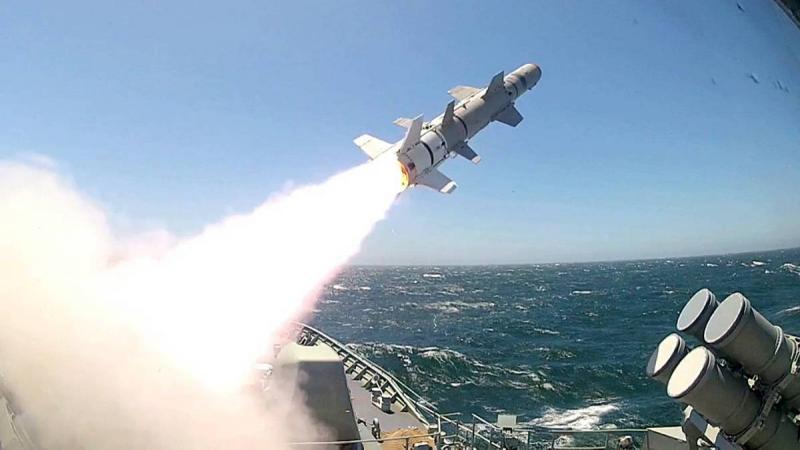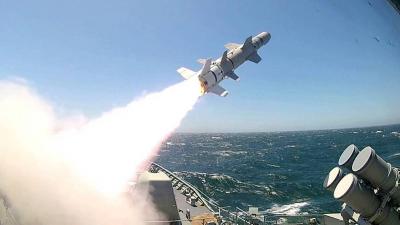The Royal Armed Forces have strengthened their military arsenal with a range of high-quality weapons, including the American "Harpoon Block II" anti-ship missile system and "SLAM-E" missiles, manufactured by Boeing Defense, Space & Security, according to specialized sources in security and military affairs. Through acquiring these advanced missiles, which will be integrated into "F-16 Viper" fighter jets—of which reports have confirmed that Rabat has requested 24 units expected to be delivered by 2026—Morocco seeks to enhance its sovereignty over its maritime spaces and address various challenges facing national security.
The "Harpoon Block II" missiles are noted for being among the best and most modern anti-ship missiles in the world, used by the U.S. military and other allied nations. These missiles can be launched from land, sea, and air and are capable of operating and accurately hitting targets in all weather conditions. Additionally, they can carry a warhead sufficiently explosive to destroy port facilities and ships, with weights ranging from 526 to 690 kilograms depending on the launch conditions and platforms, utilizing an inertial navigation system supported by global positioning for targeting.
These missiles can be launched from submarines, warships, destroyers, and frigates, and air-launch platforms include F-15, F-16, F-27 aircraft, among others, with ground-based mobile launch systems also available.
The "SLAM-E" missiles are advanced and designated for attacking short- and medium-range land targets, noted for their precision and capability to change targets even after launch. They are used by several countries, including Saudi Arabia, the United Arab Emirates, South Korea, and Turkey.
Regional Balances
Hicham Mouatadid, a researcher in strategic affairs, stated that "strengthening the Royal Armed Forces with this type of weapon will enhance, not only the air and naval forces, but also Morocco's military tactics in the dynamic of routine movements and operational organization linked to defending Moroccan sovereignty." He added in a statement to Hespress that "enhancing the air force with such weapons is part of Morocco's vision aimed at modernizing military and defense sectors and equipping forces with the latest necessary weapons to implement plans aimed at qualifying the war sector to meet Rabat’s aspirations in achieving its regional balance goals."
The researcher noted that "the Moroccan leadership responsible for improving national defense effectiveness is restructuring and qualifying Morocco's military arsenal by sealing many contracts to renew the effectiveness of equipment and enhance its defensive capabilities." He pointed out that "strengthening the Moroccan military aircraft with this type of weapon will allow them to carry out more precise operational quality missions and ensure a high-level defensive operational management capable of protecting Moroccan spaces, especially the coastal areas."
Mouatadid also indicated that "this type of weapon will provide Morocco with a strong boost in neutralizing criminal and terrorist threats to Moroccan maritime space, especially as the kingdom's major strategic directions seek to integrate the maritime and Atlantic dimension into the country’s economic and commercial dynamics."
He concluded that there are "fundamental changes in Morocco's regional environment concerning power balances and the defensive power scale, along with rising indicators of maritime threats and illegal immigration; all these factors, among others, necessitate Morocco to continue qualifying its military sector with high-quality weapons that keep pace with geopolitical developments and transformations to continue defending its gains and safeguarding its national security."




